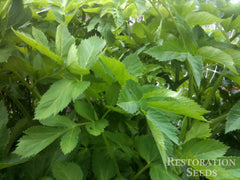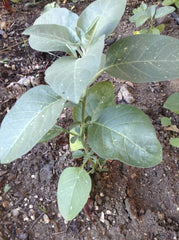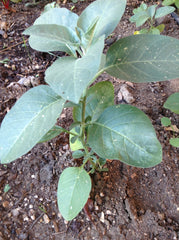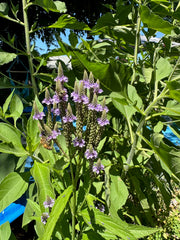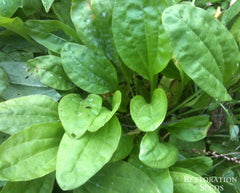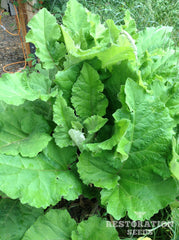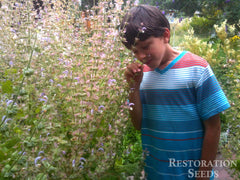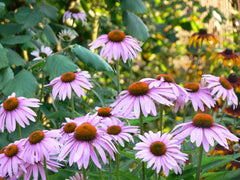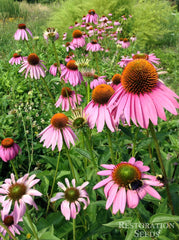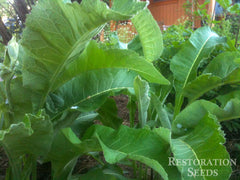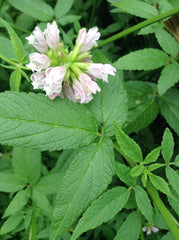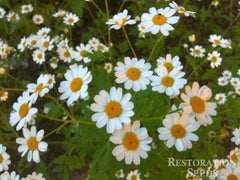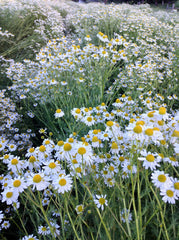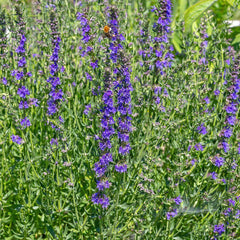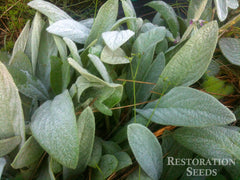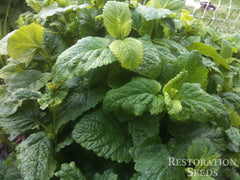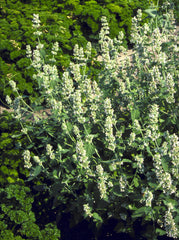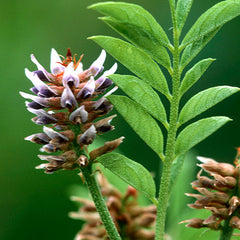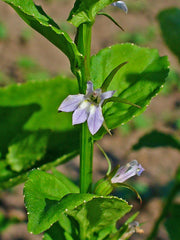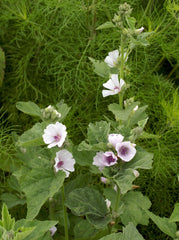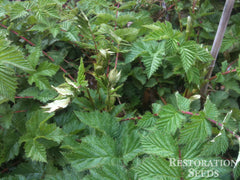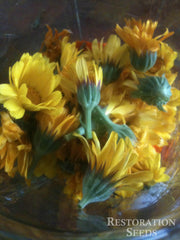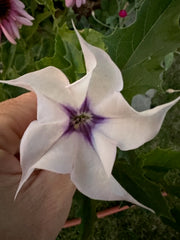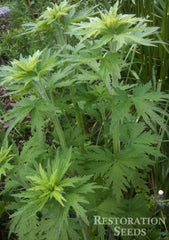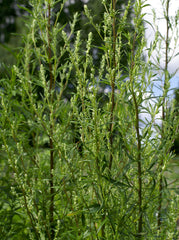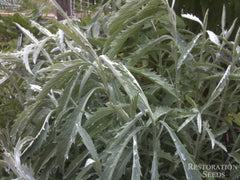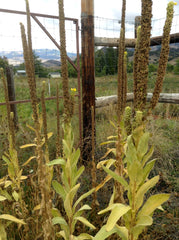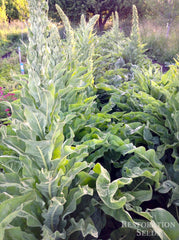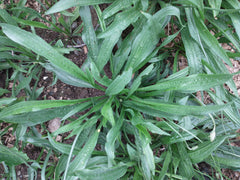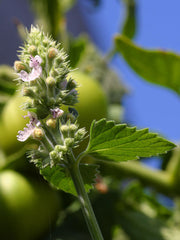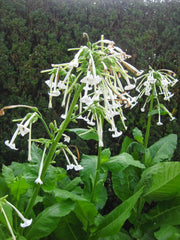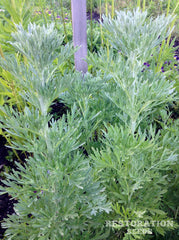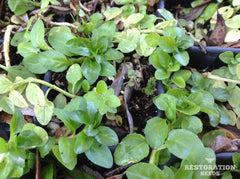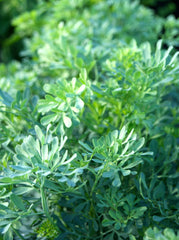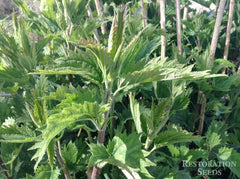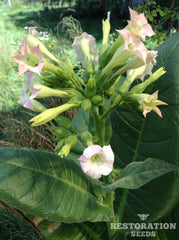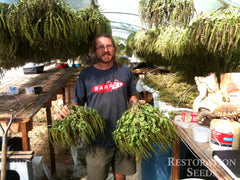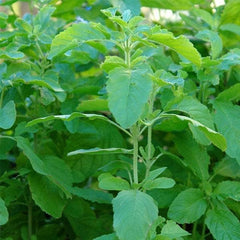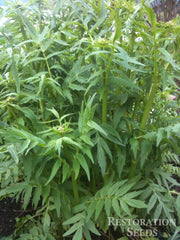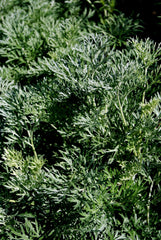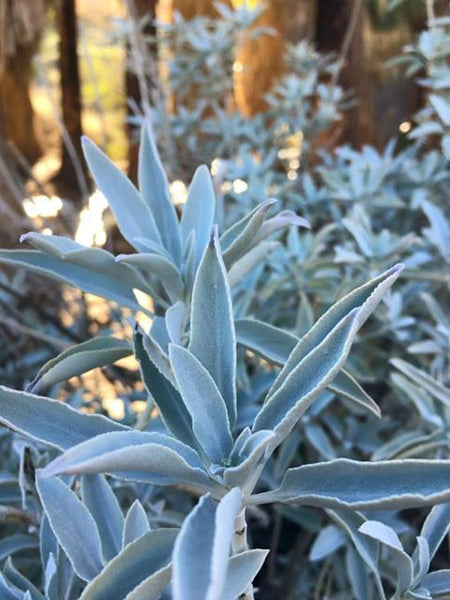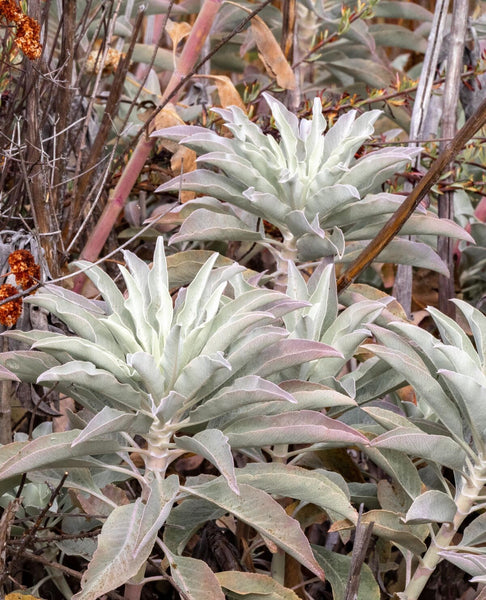White Sage
"Salvia apiana
HOW TO GROW WHITE SAGE
Direct sow in flats, pots, or directly into garden beds. Sow on surface of soil, barely cover, and tamp firmly. Keep seeds barely moist and warm until germination. If sown indoors, transplant outside when plants are 3-4” tall, and spaced 3 feet apart. Provide full sun, and well-drained, dry, sandy soil. While plants are drought tolerant, they will need some water throughout dry summer months. Harvest leaves and/or flowering tops in the second year of growing.
Planting Depth 1/8"
Days to Germ. 6 weeks
Plant Spacing 3’
Row Spacing 3’
Days To Maturity 3 years
Full Sun, Dry Climate
Planting Depth 1/8"
Days to Germ. 6 weeks
Plant Spacing 3’
Row Spacing 3’
Days To Maturity 3 years
Full Sun, Dry Climate
- 50 Seeds$5.50
Whitish, silvery green soft leaves with silver-blue flowering spikes. Plants grow 2-3’ tall. Cold hardy to 25 F, drought tolerant, dries well, suited to warmer climates, and attracts pollinators. The terpenoids and essential oils that give white sage its unique and incredible smell also serve to deter herbivores. In...
Whitish, silvery green soft leaves with silver-blue flowering spikes. Plants grow 2-3’ tall. Cold hardy to 25 F, drought tolerant, dries well, suited to warmer climates, and attracts pollinators. The terpenoids and essential oils that give white sage its unique and incredible smell also serve to deter herbivores. Indigenous to North America, threatened by over-harvest on wild land, and sacred plant to many indigenous peoples within the United States. Tags: Harvest: Late, Color: Green silver, Specialty: Drought Tolerant, Season: Late Summer Fall.
Native to the southwestern United States, northwestern Mexico, the western edges of the Mojave and Sonoran deserts, and in the coastal sage scrub habitat of Southern California and Baja California. Indigenous people of the Pacific Coast have different uses of the plant as a food source, medicine, and in ceremonial spaces. Over-harvesting and illegal harvesting of wild white sage has lead to declining plant populations. Grow your own and bundle leaves together to make a beautiful smudge stick.
Native to the southwestern United States, northwestern Mexico, the western edges of the Mojave and Sonoran deserts, and in the coastal sage scrub habitat of Southern California and Baja California. Indigenous people of the Pacific Coast have different uses of the plant as a food source, medicine, and in ceremonial spaces. Over-harvesting and illegal harvesting of wild white sage has lead to declining plant populations. Grow your own and bundle leaves together to make a beautiful smudge stick.
Learn More
Reviews
